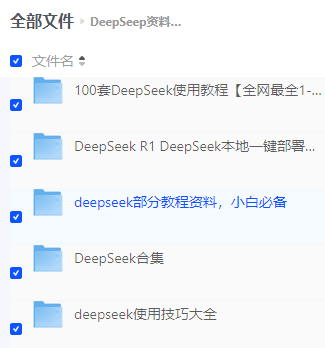Java Stream实现List排序的6个核心技巧_java list stream 排序
Java Stream实现List排序的6个核心技巧
一、基础排序实现
1.1 自然序排序(正序)
List<Entity> sortedList = originalList.stream() .sorted(Comparator.comparing(Entity::getId)) .collect(Collectors.toList());1.2 反向排序(倒序)
List<Entity> sortedList = originalList.stream() .sorted(Comparator.comparing(Entity::getId).reversed()) .collect(Collectors.toList());二、进阶排序技巧
2.1 空值安全处理
// 处理可能为null的字段Comparator<Entity> nullSafeComparator = Comparator.comparing( Entity::getId, Comparator.nullsFirst(Comparator.naturalOrder()));List<Entity> sortedList = originalList.stream() .sorted(nullSafeComparator) .collect(Collectors.toList());2.2 多字段组合排序
List<Entity> sortedList = originalList.stream() .sorted(Comparator.comparing(Entity::getDepartment) .thenComparing(Entity::getId)) .collect(Collectors.toList());三、性能优化建议
3.1 并行流加速(适用于大数据量)
List<Entity> sortedList = originalList.parallelStream() .sorted(Comparator.comparing(Entity::getId)) .collect(Collectors.toList());3.2 原地排序(修改原集合)
originalList.sort(Comparator.comparing(Entity::getId));四、最佳实践
- 类型明确化:推荐指定具体集合类型
ArrayList<Entity> sortedList = originalList.stream() .sorted(Comparator.comparing(Entity::getId)) .collect(Collectors.toCollection(ArrayList::new));- 防御性拷贝:保持原集合不可变
List<Entity> sortedList = new ArrayList<>(originalList);sortedList.sort(Comparator.comparing(Entity::getId));- Lambda优化:复杂场景使用Lambda表达式
List<Entity> sortedList = originalList.stream() .sorted((e1, e2) -> { // 自定义比较逻辑 return e1.getId().compareTo(e2.getId()); }) .collect(Collectors.toList());五、注意事项
- 不可变性:
Collectors.toList()返回的List实现可能不支持修改 - 空指针防护:推荐始终使用
Comparator.nullsFirst/nullsLast - 性能权衡:超过10万条数据时优先考虑传统排序方式
- 对象状态:Stream操作不会修改原始集合元素
六、完整示例
public class SortingDemo { public static void main(String[] args) { List<Entity> entities = Arrays.asList( new Entity(2, \"B\"), new Entity(1, \"A\"), new Entity(3, \"C\") ); // 多条件排序:先按名称倒序,再按ID正序 List<Entity> sorted = entities.stream() .sorted(Comparator.comparing(Entity::getName) .reversed() .thenComparing(Entity::getId)) .collect(Collectors.toList()); sorted.forEach(System.out::println); }}class Entity { private int id; private String name; // 构造方法和getter省略}七、总结对比
通过合理选择排序策略,可以在保证代码简洁性的同时兼顾系统性能。建议根据实际业务场景选择最合适的排序方式。


